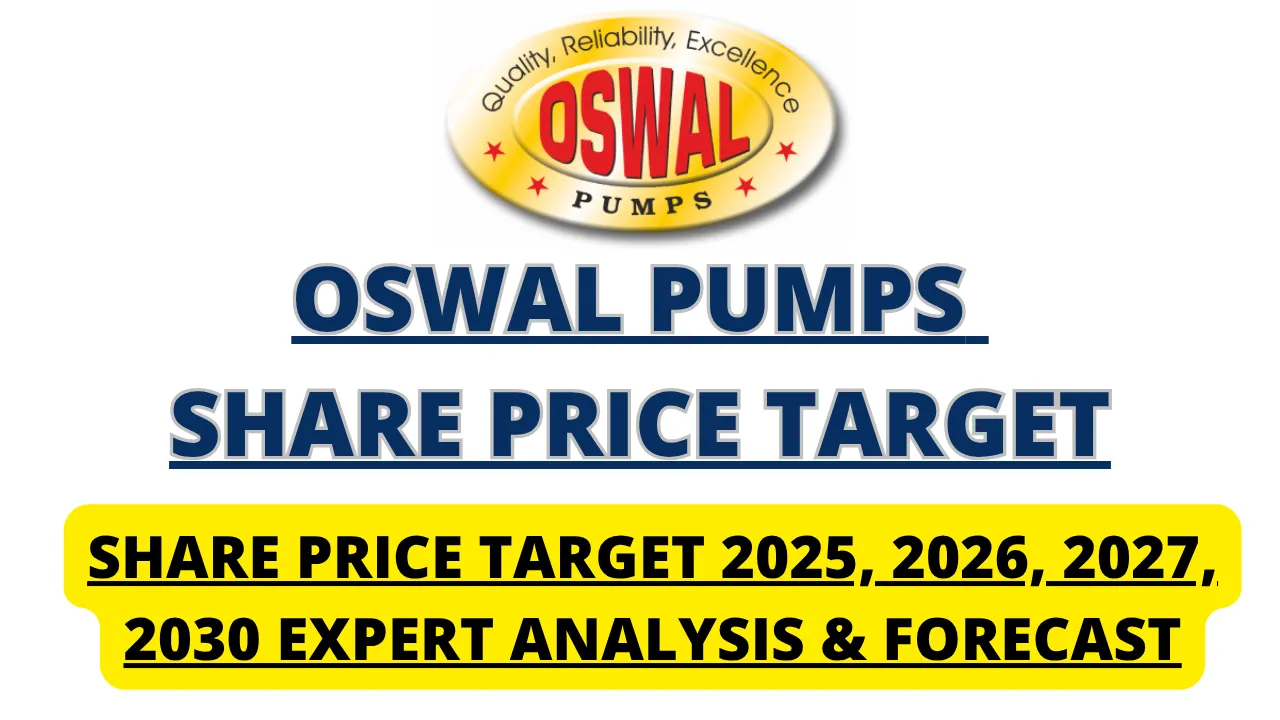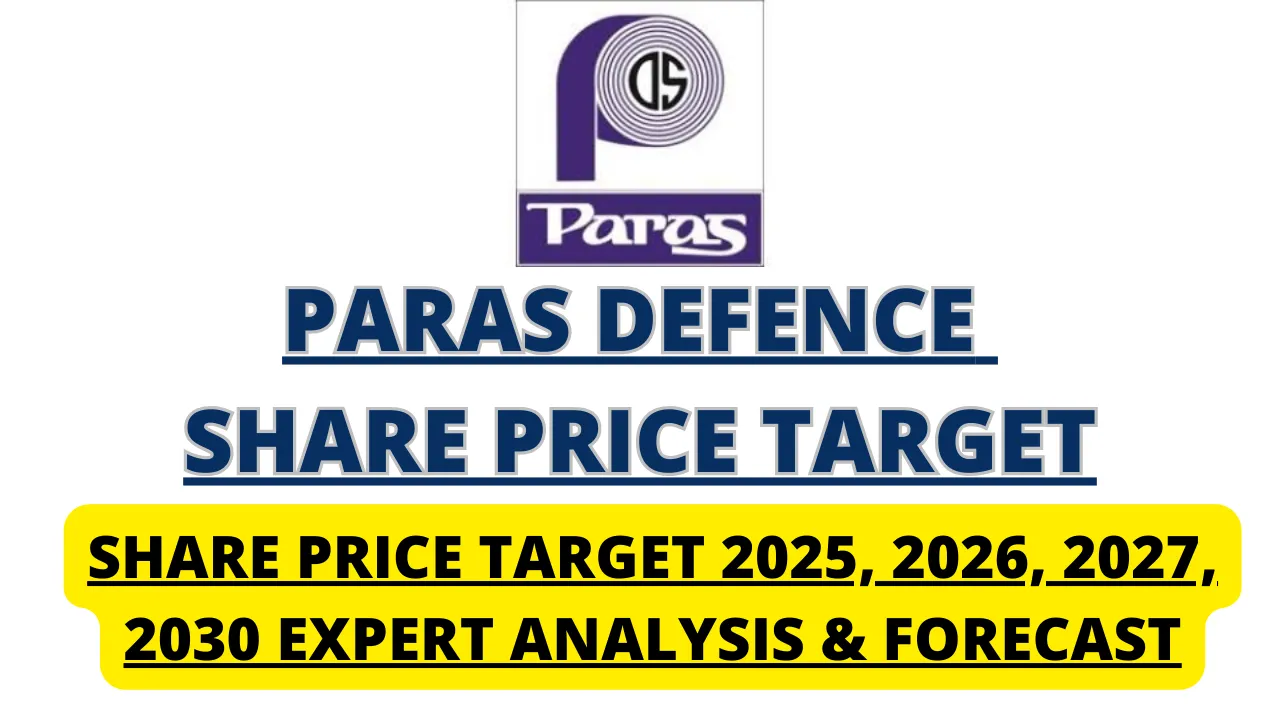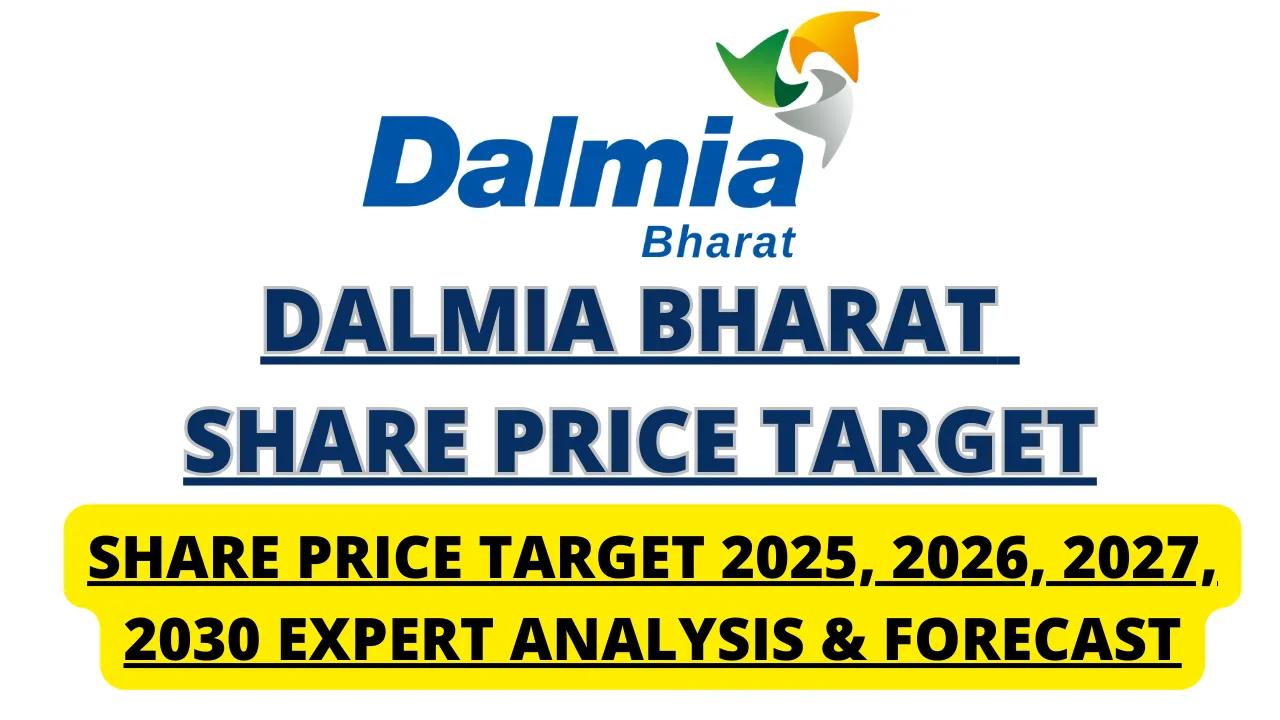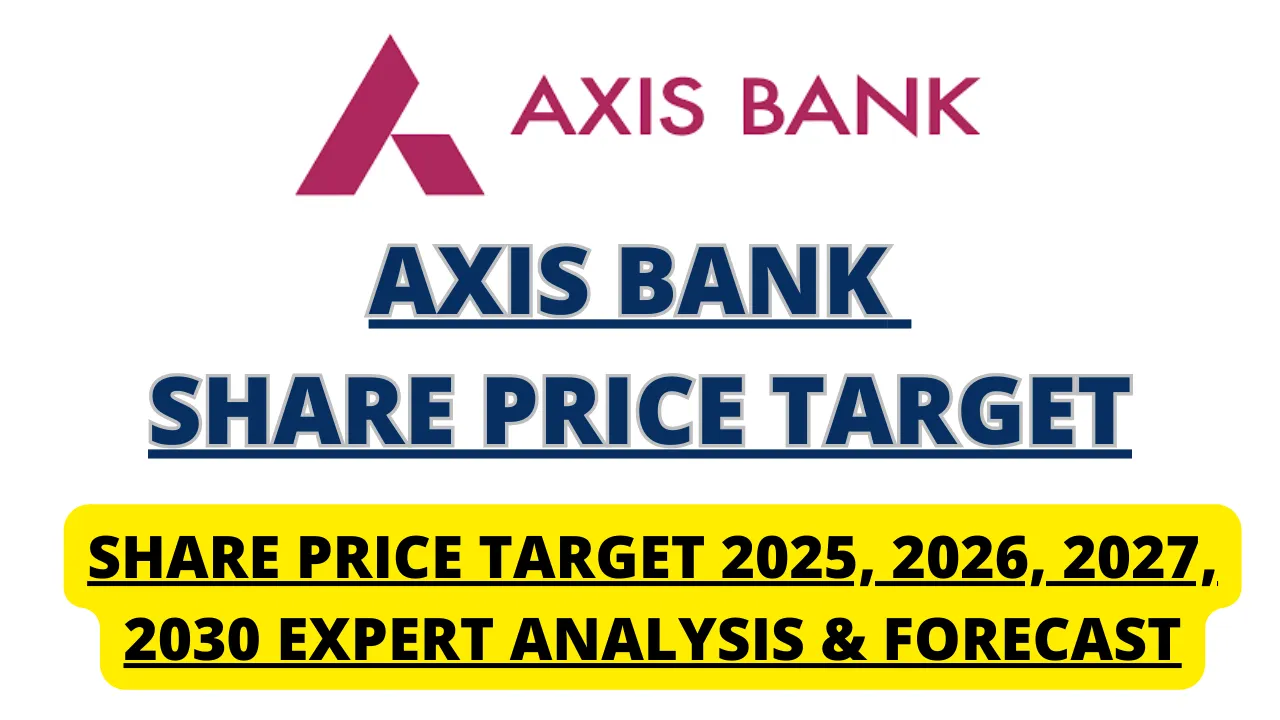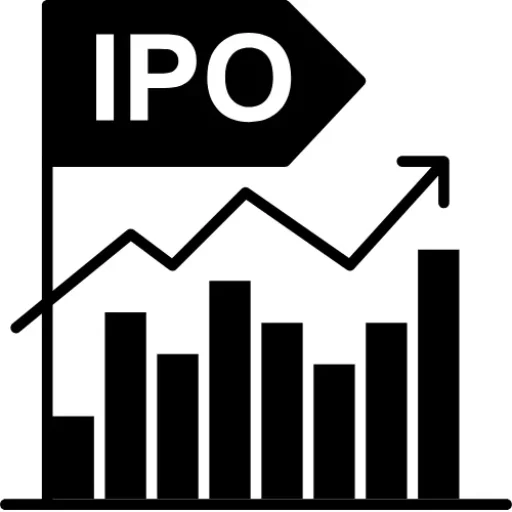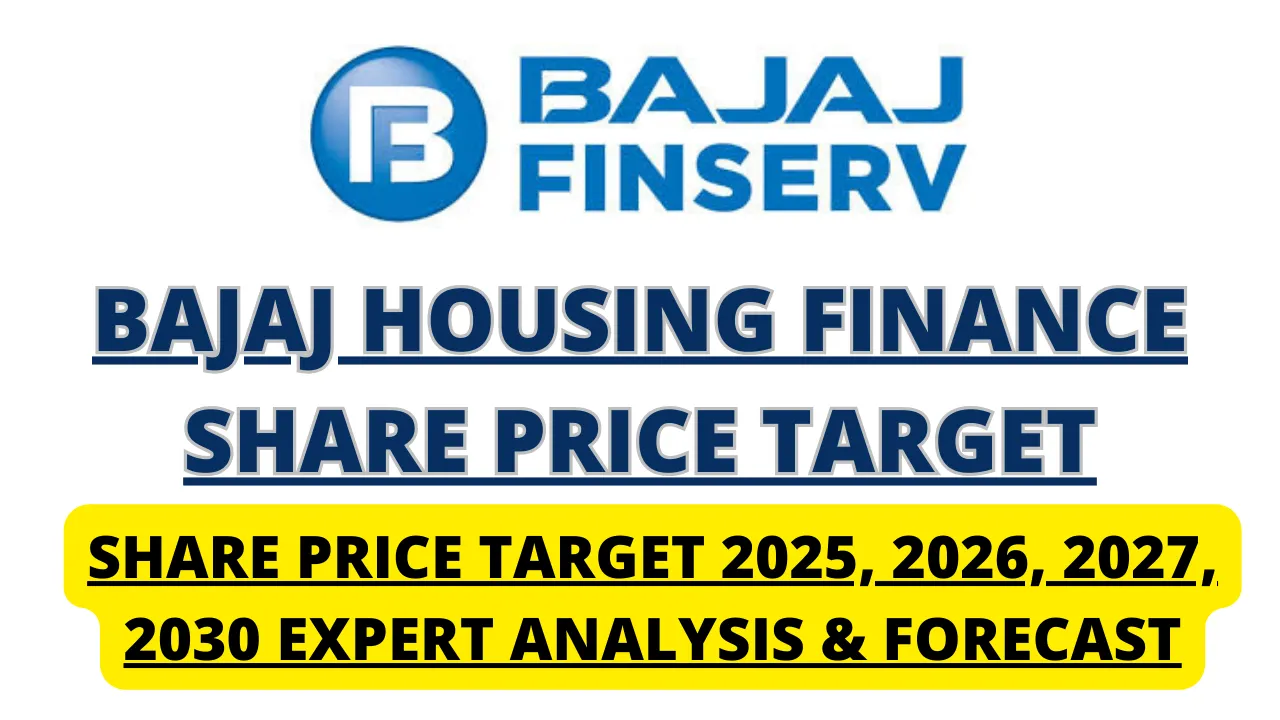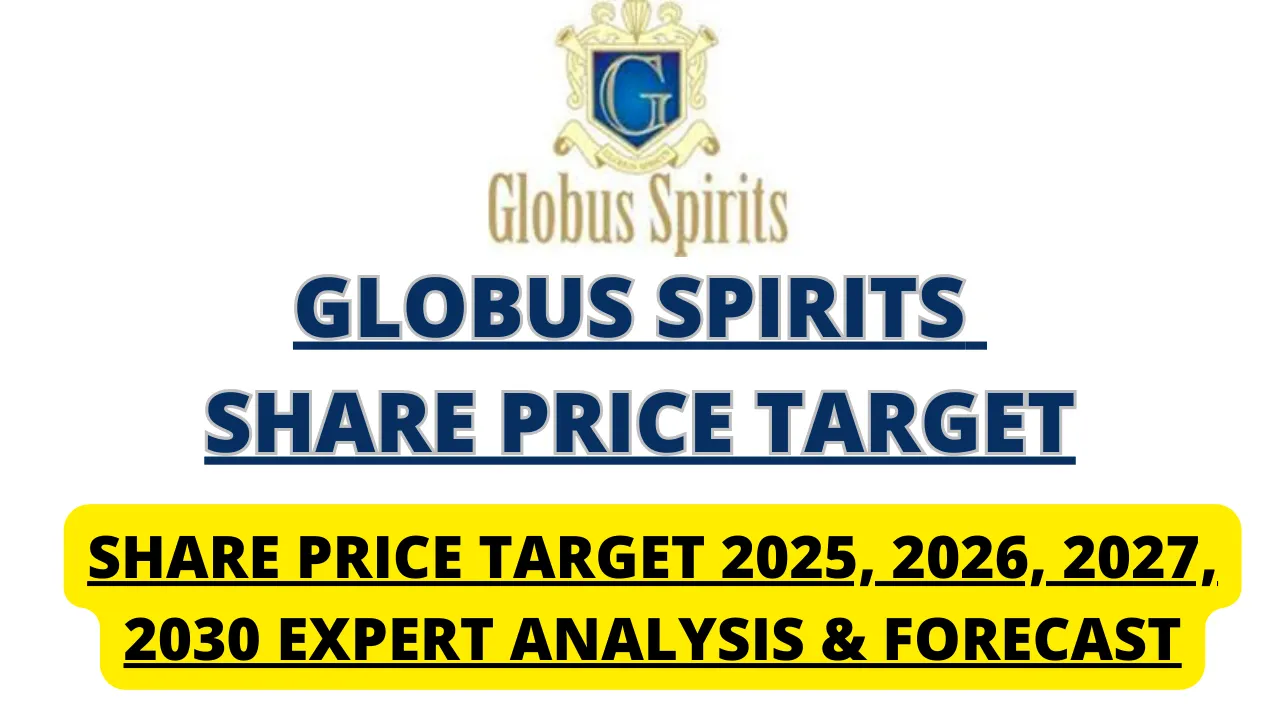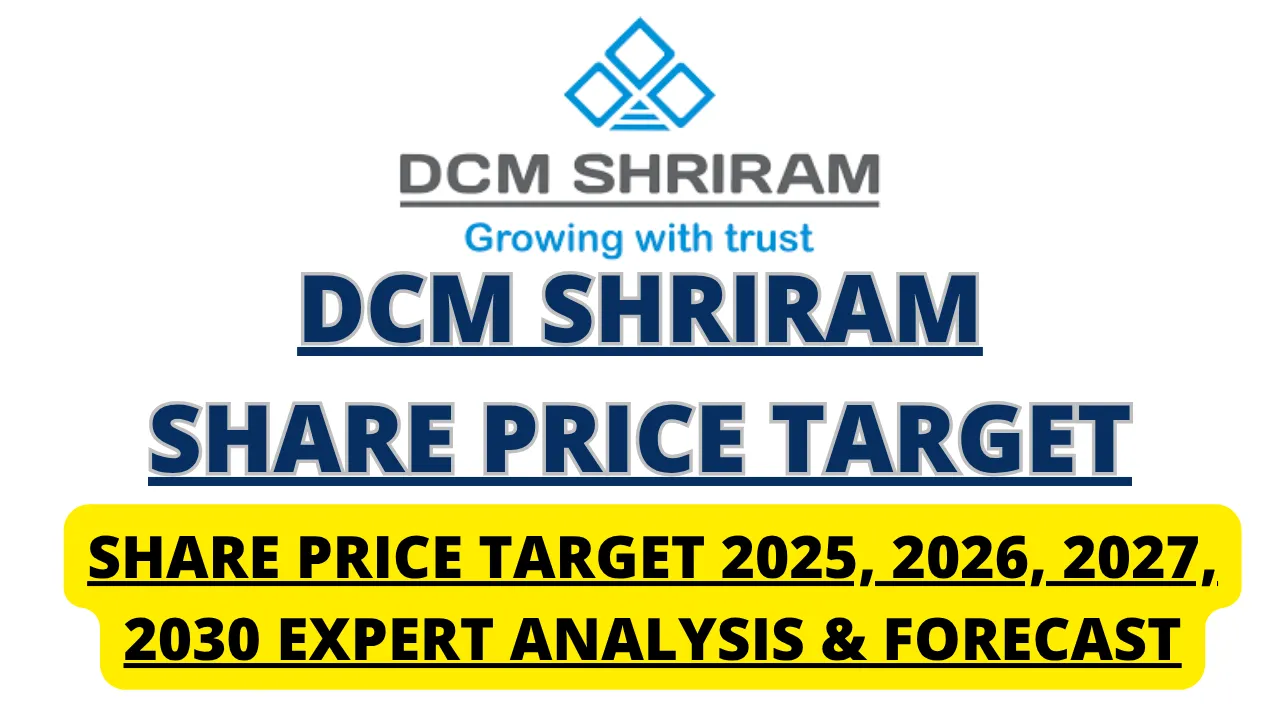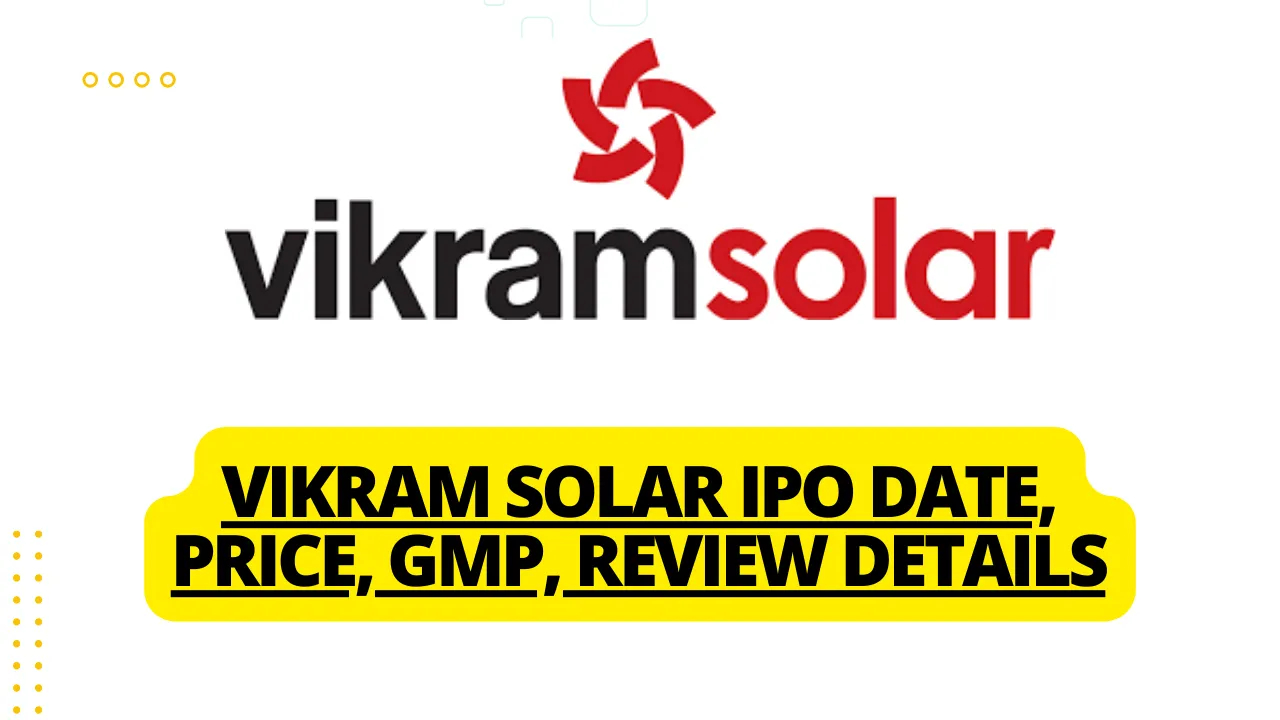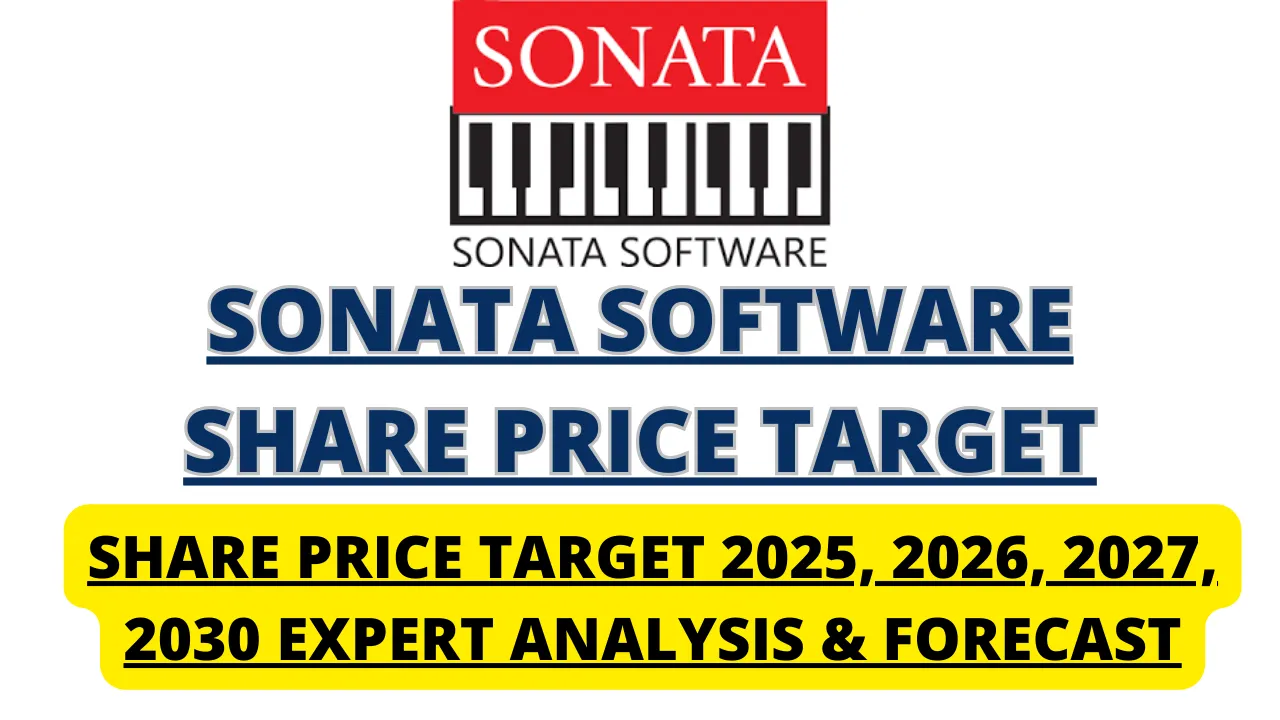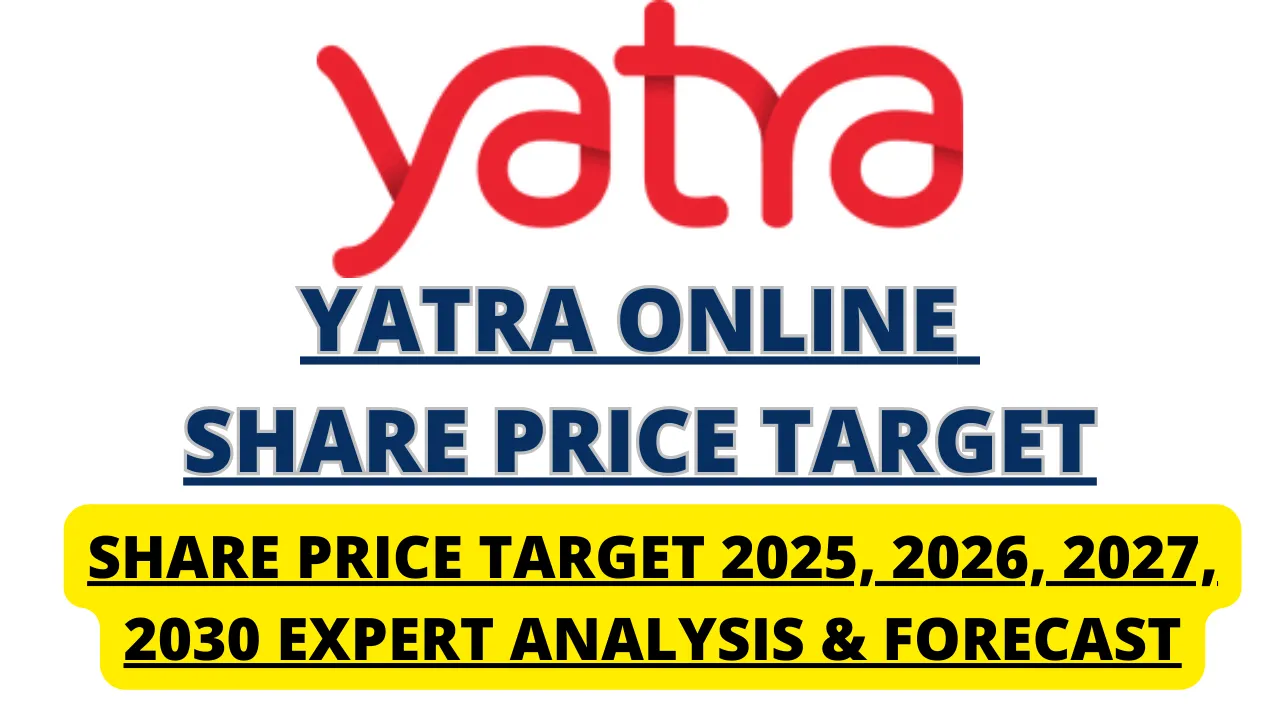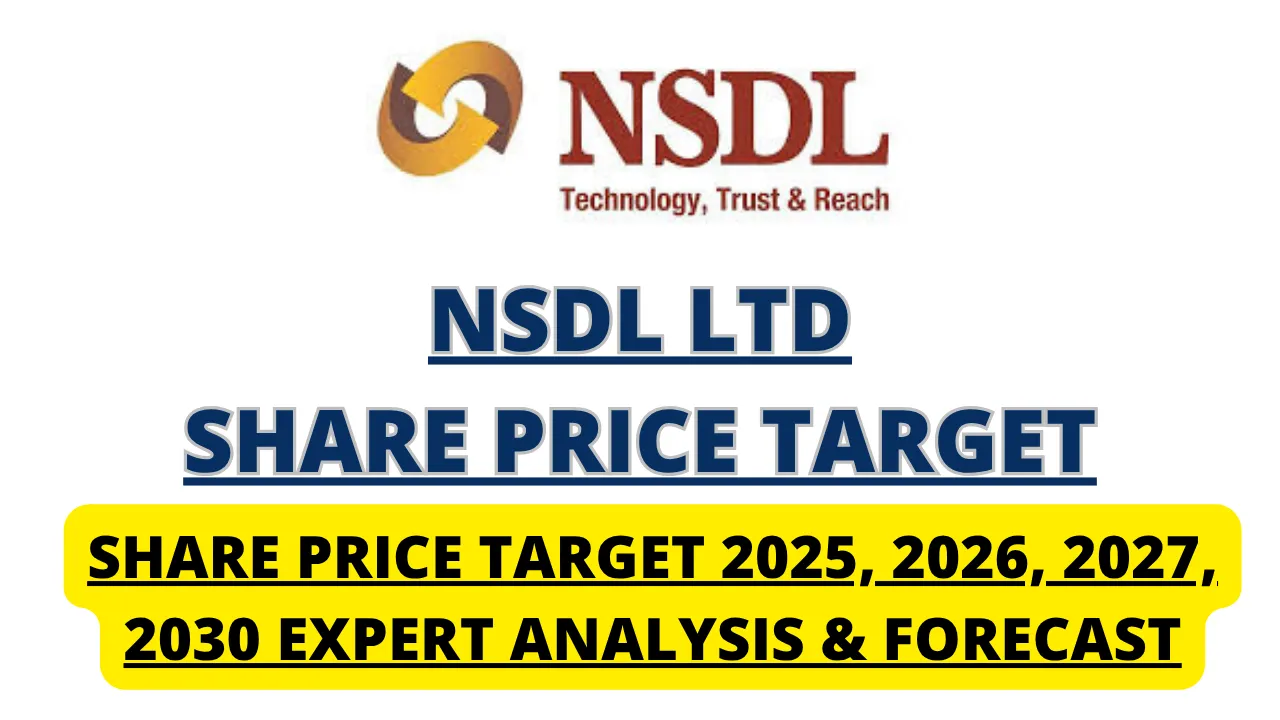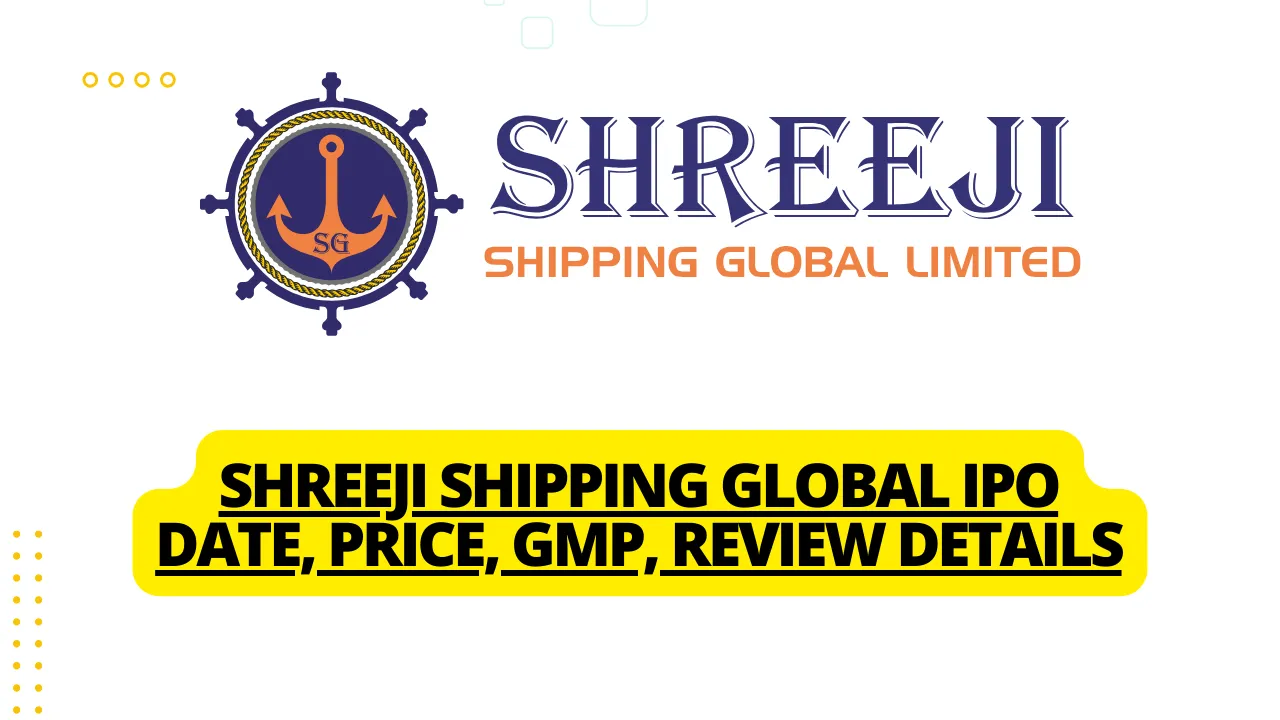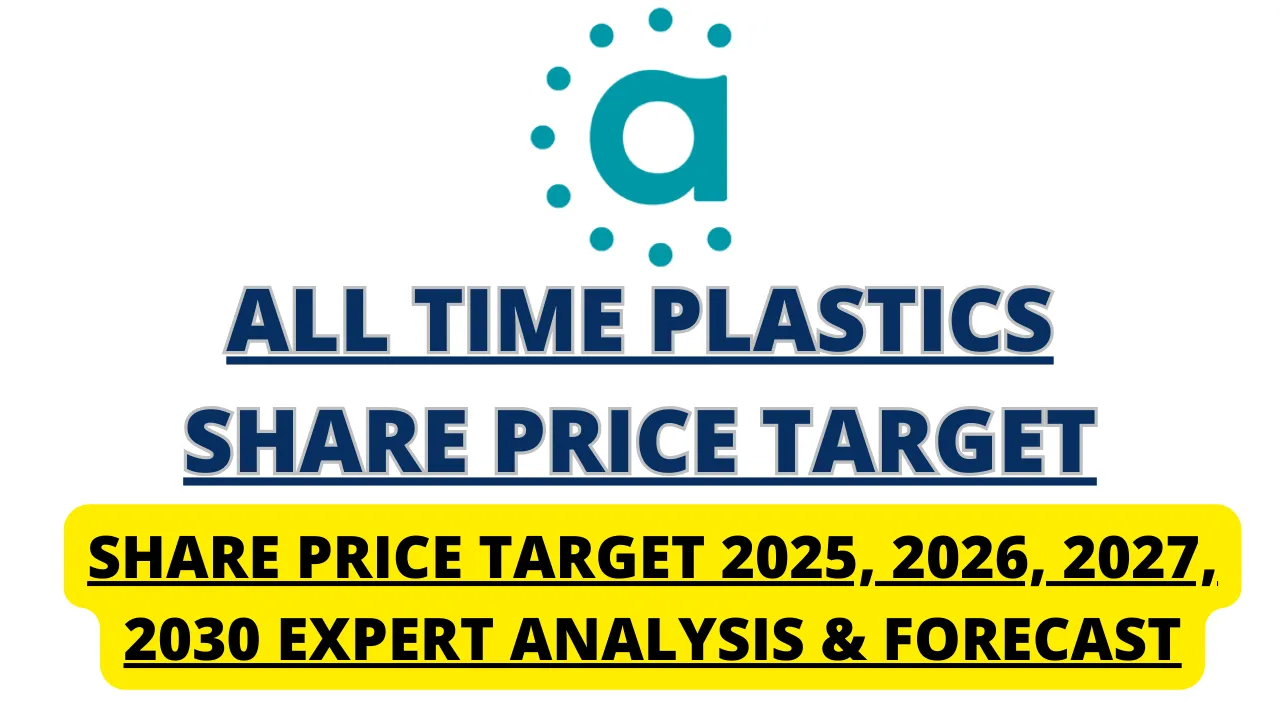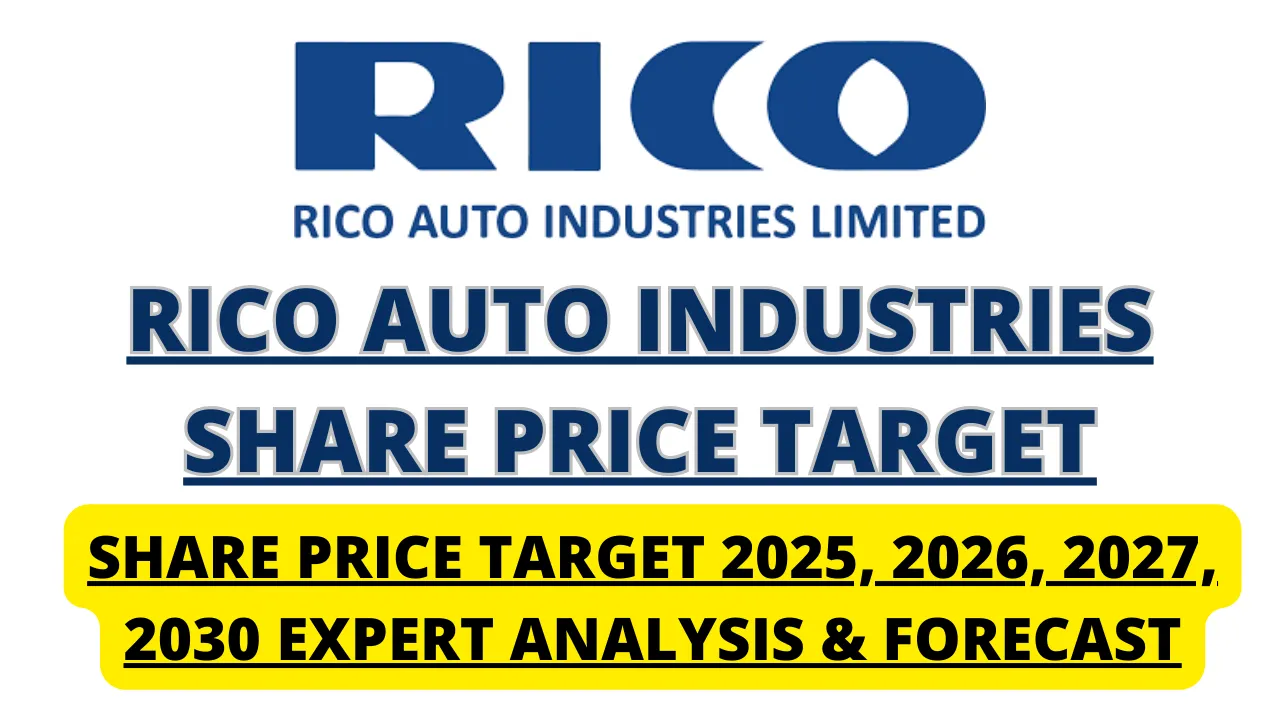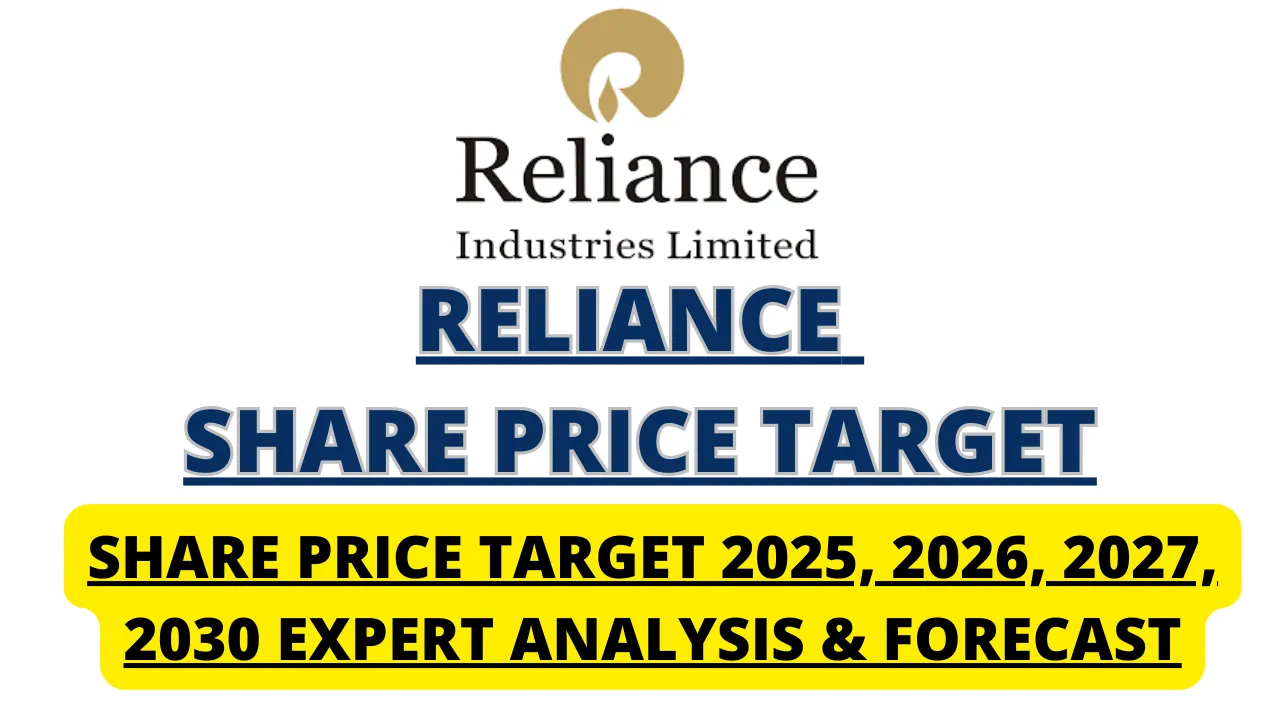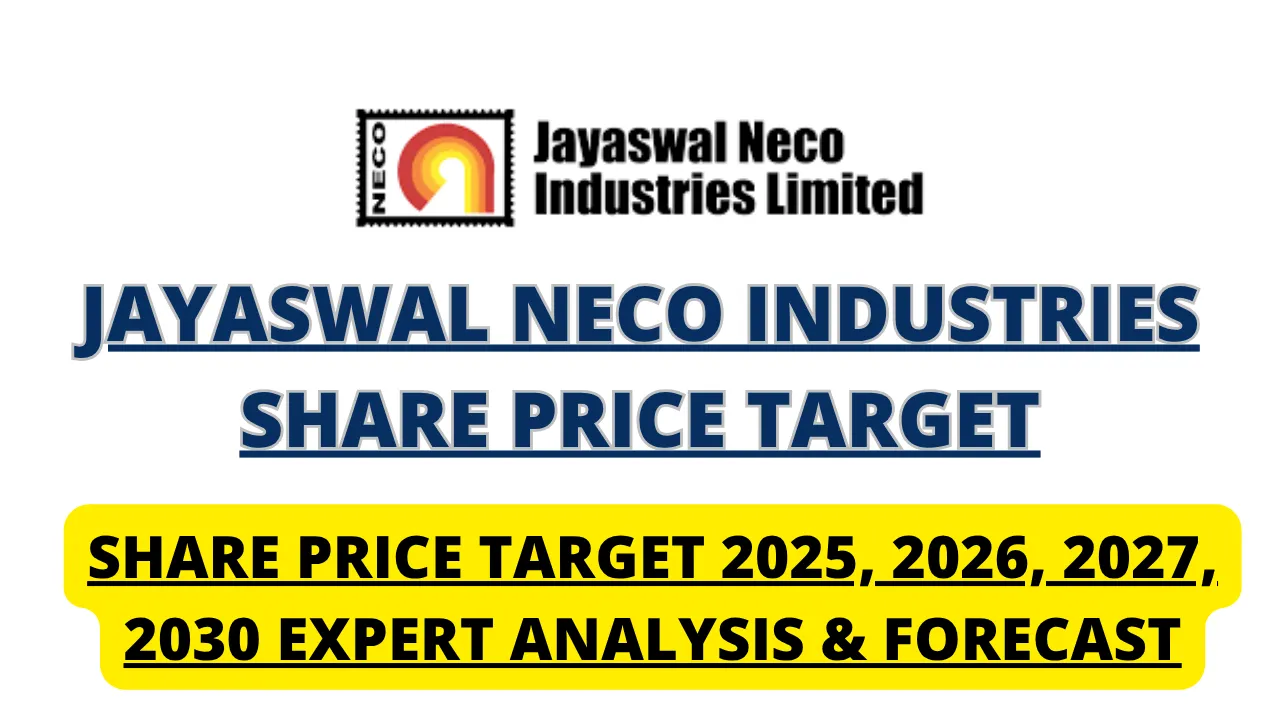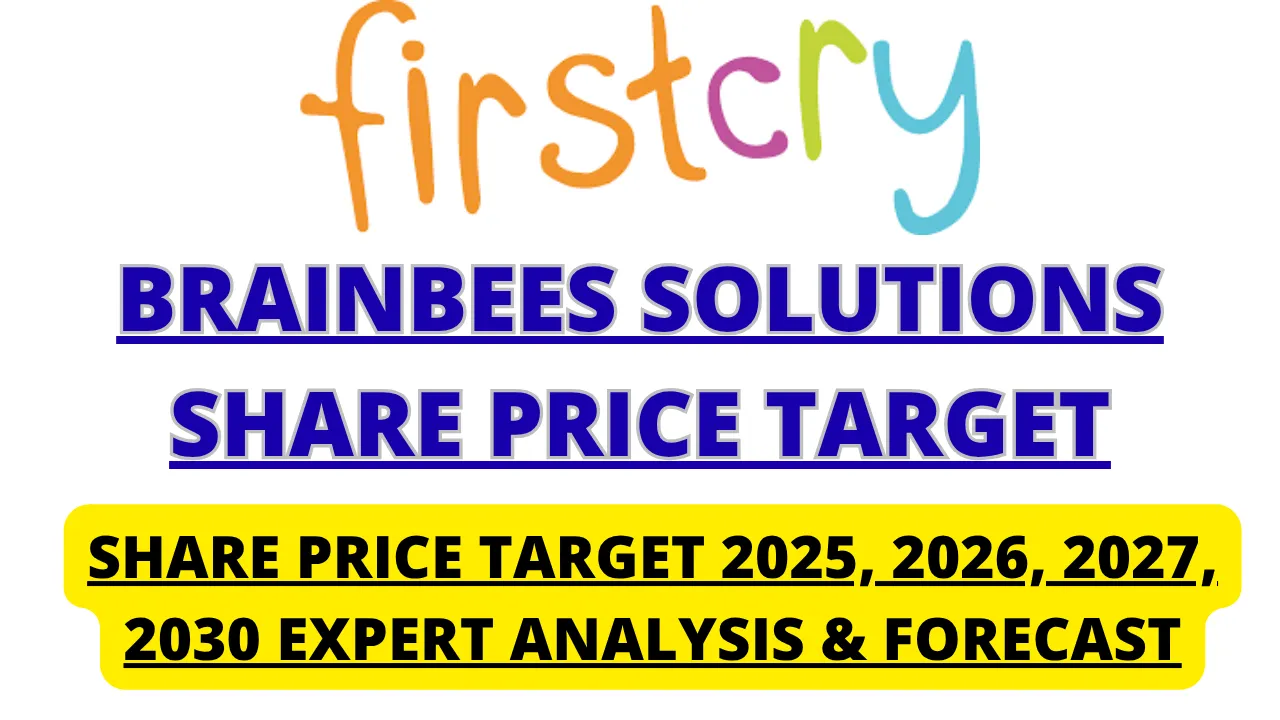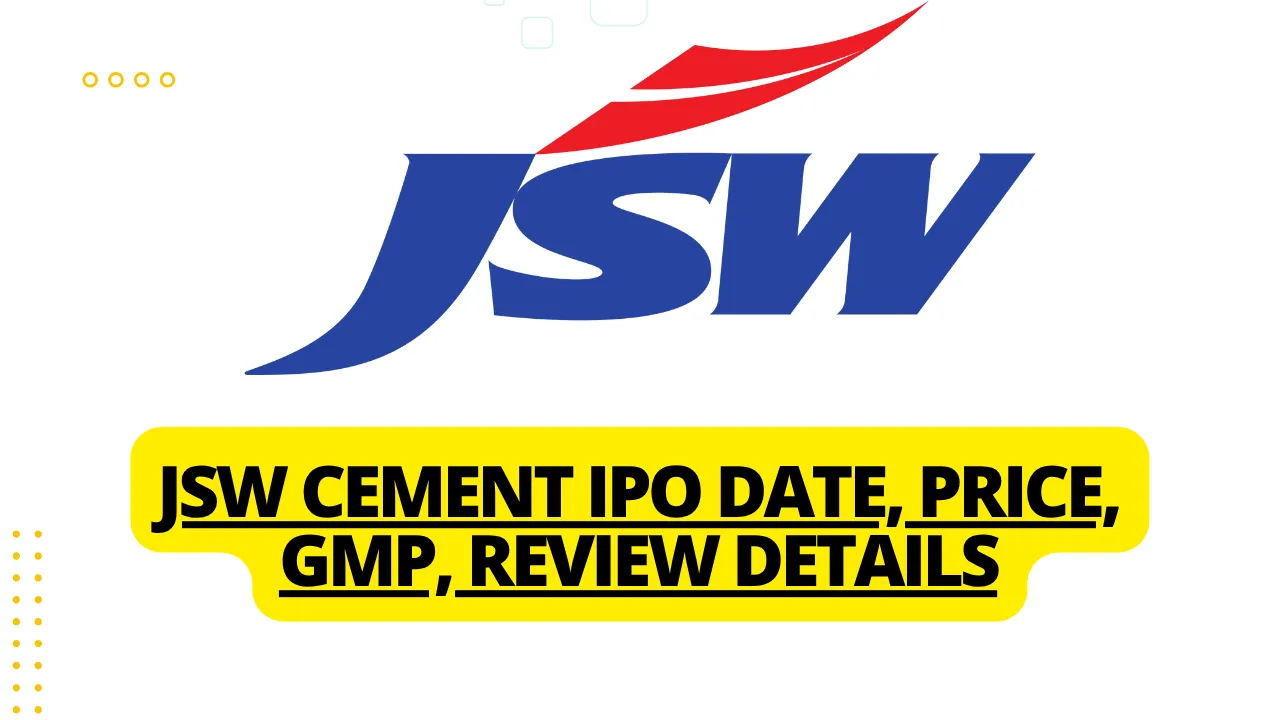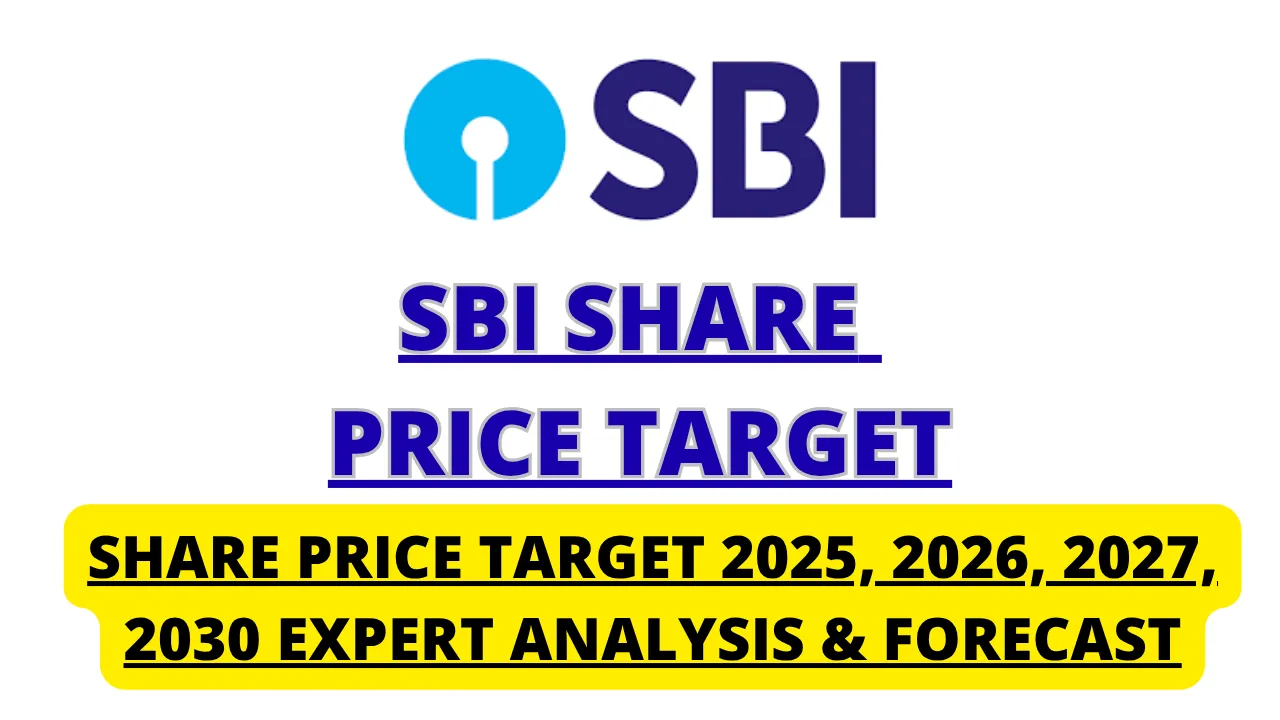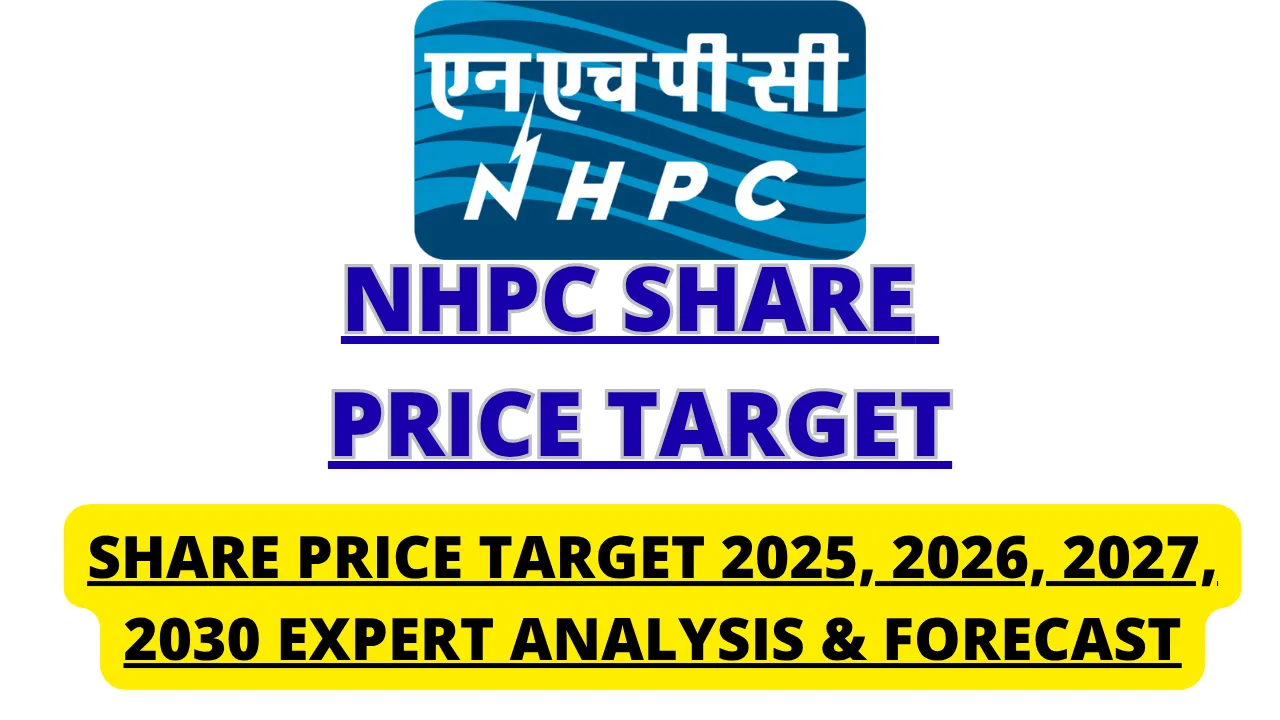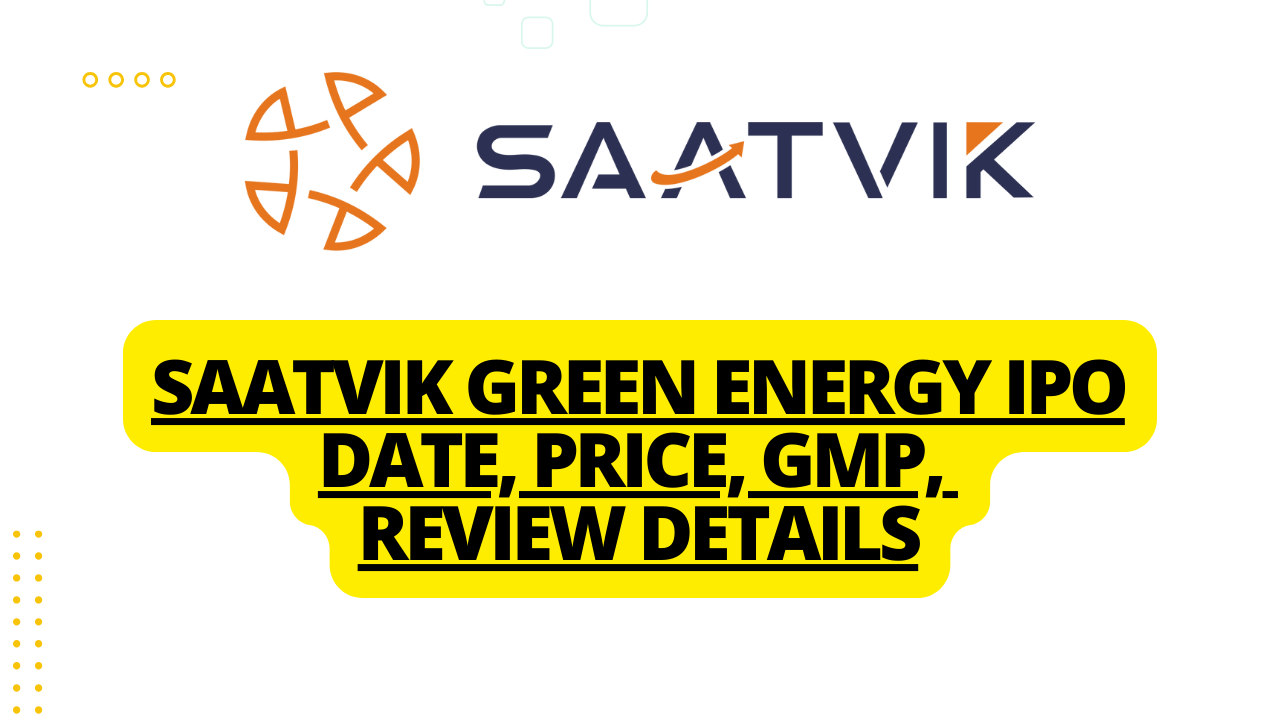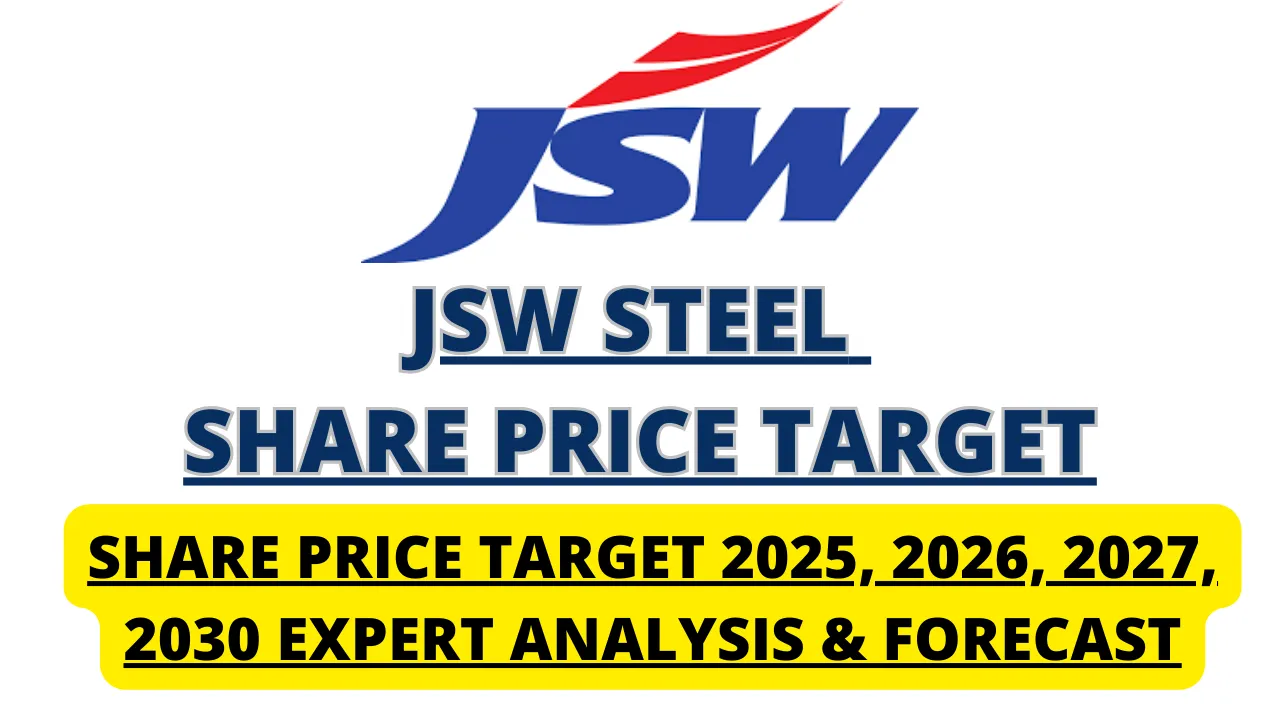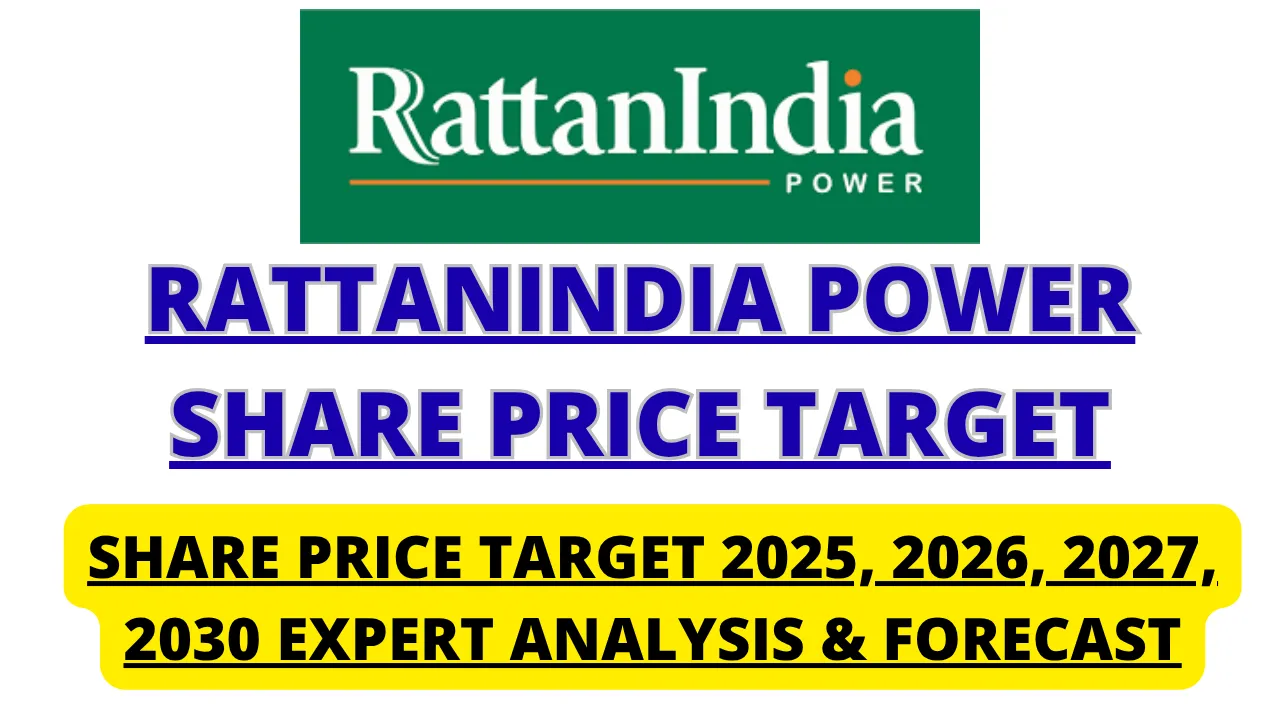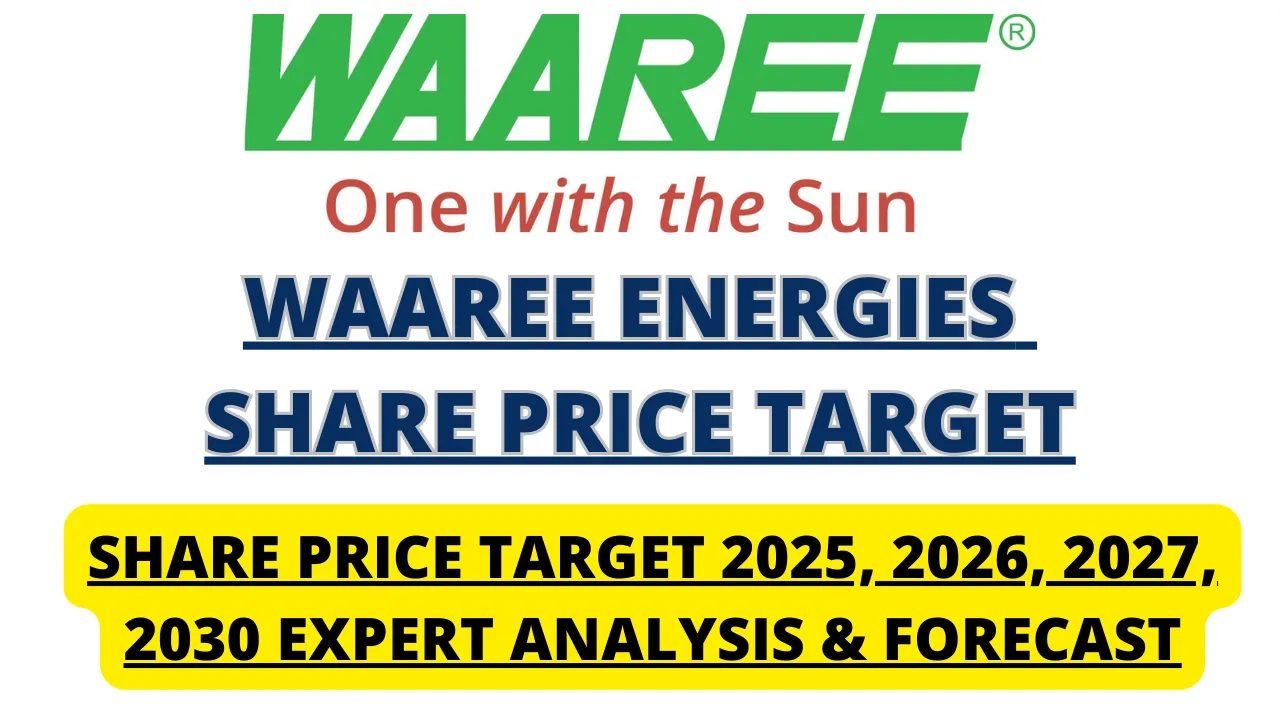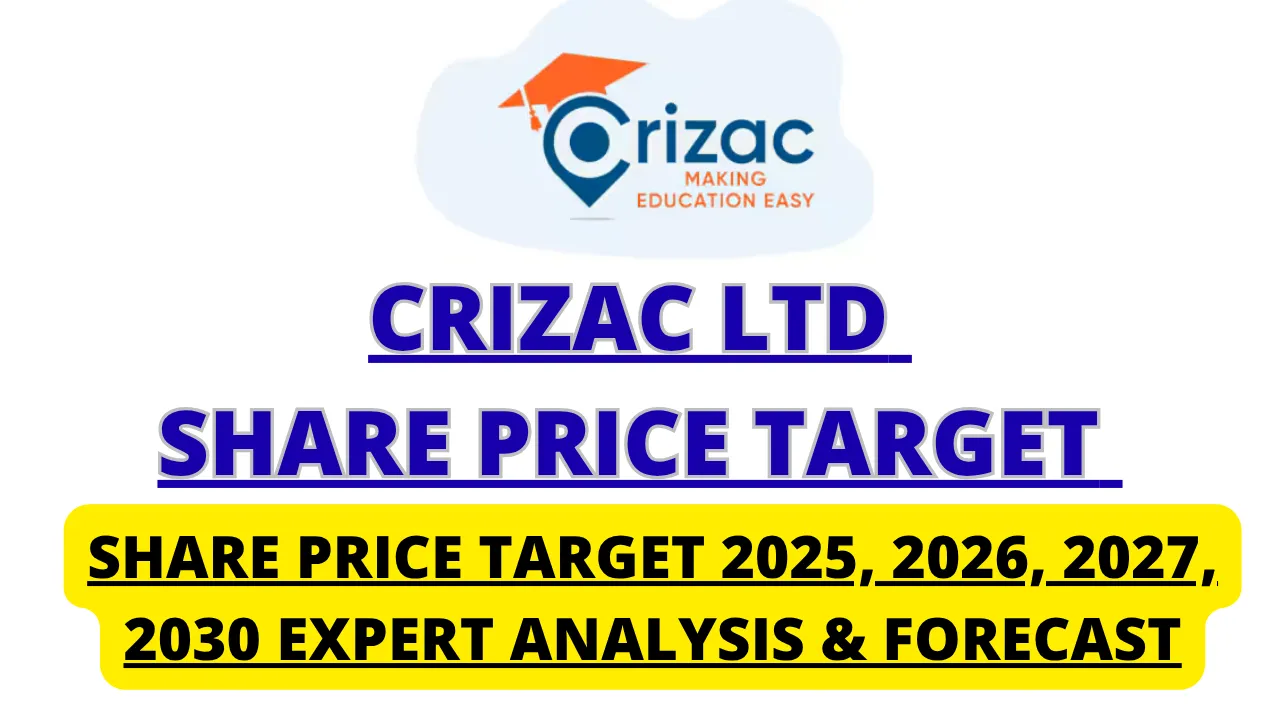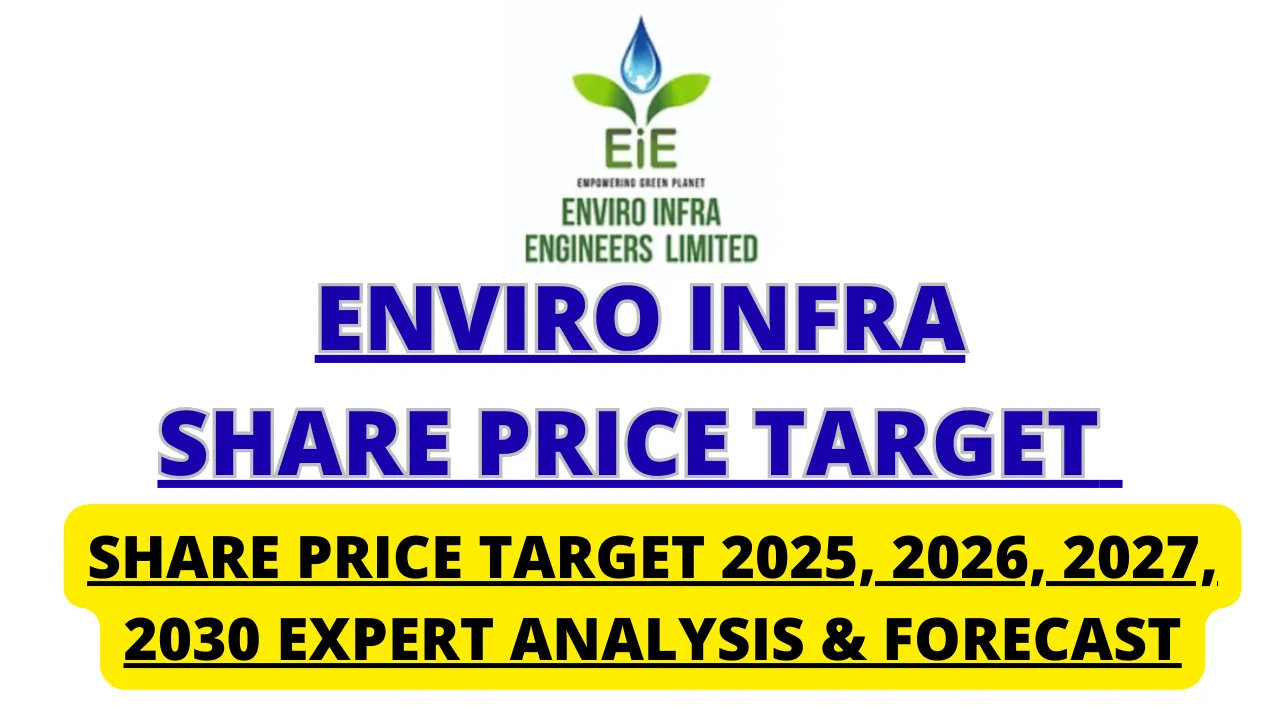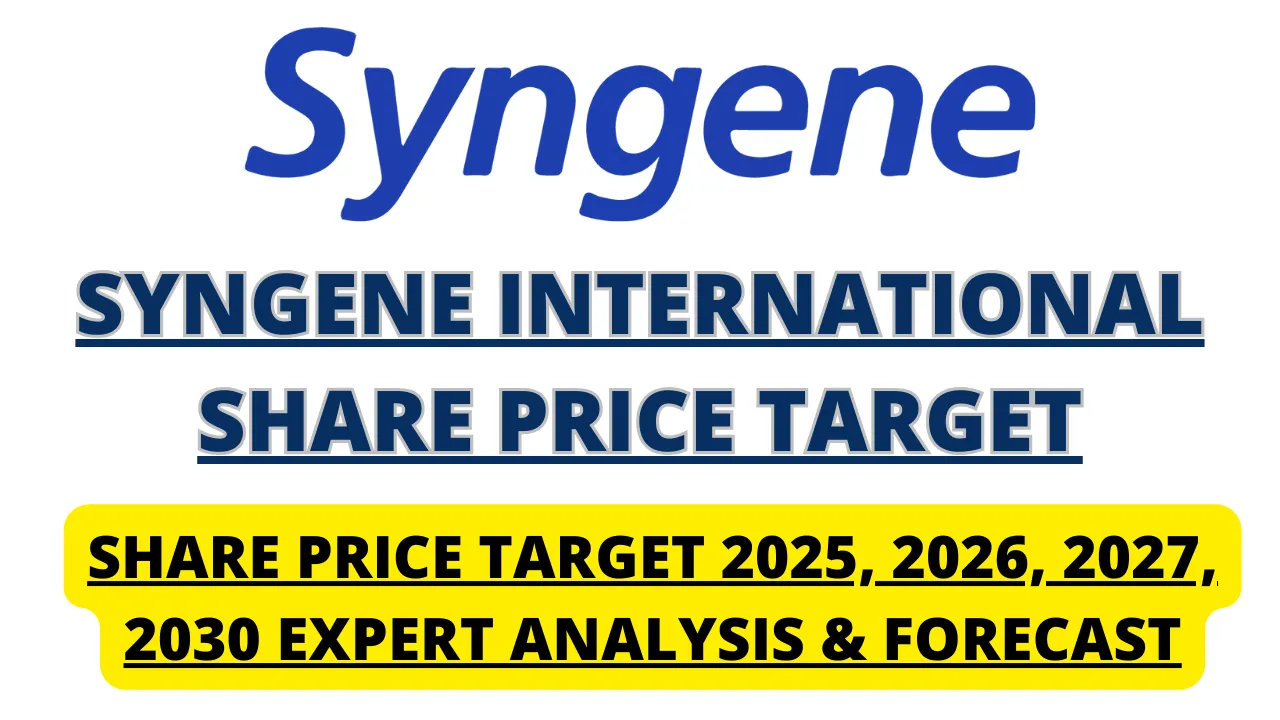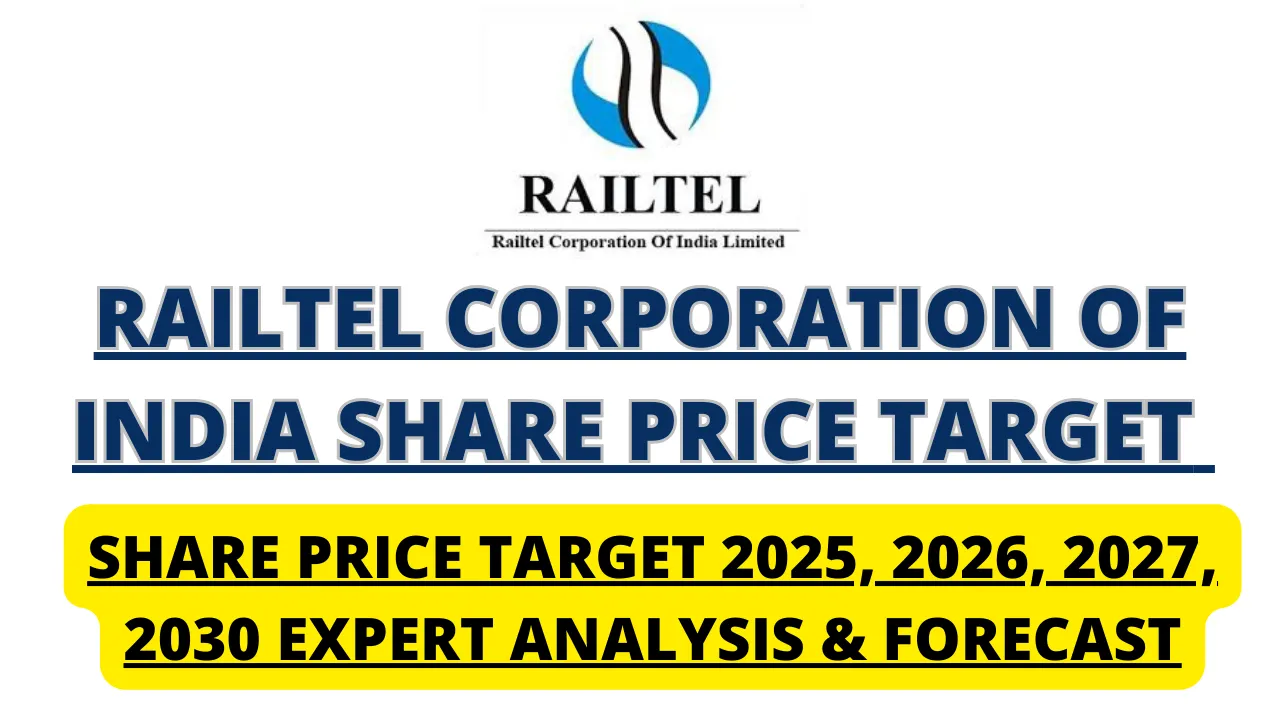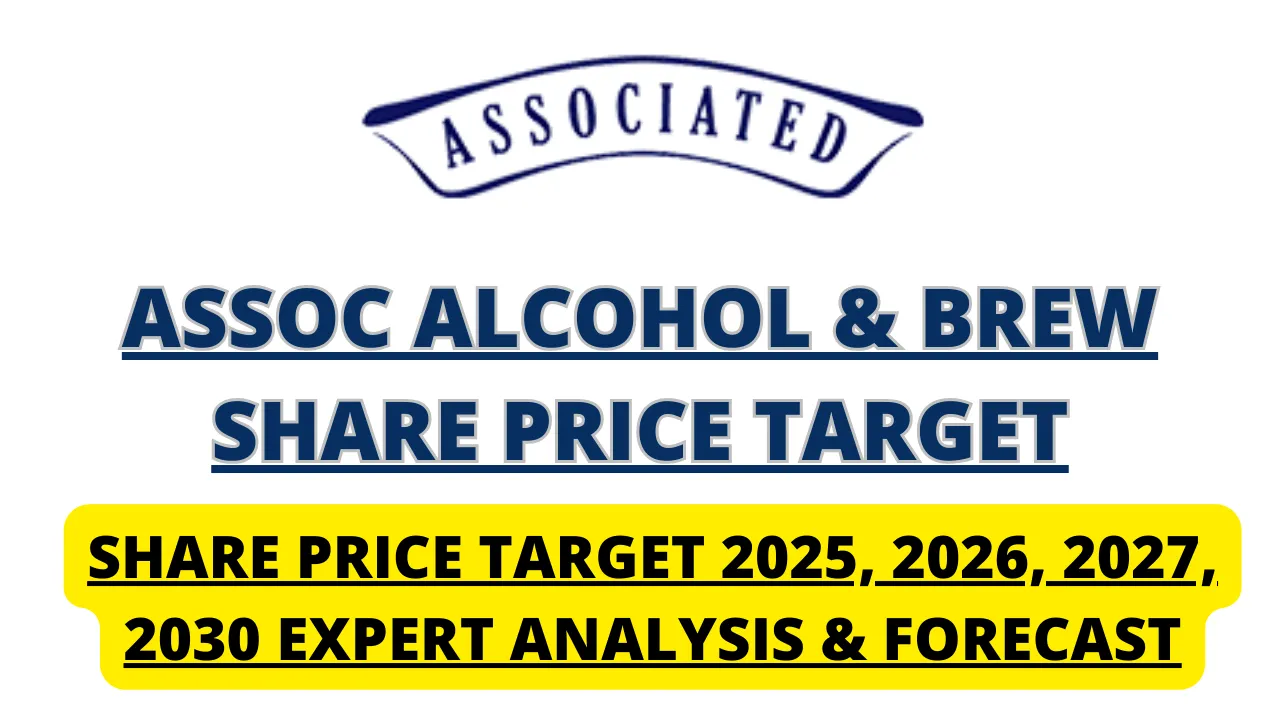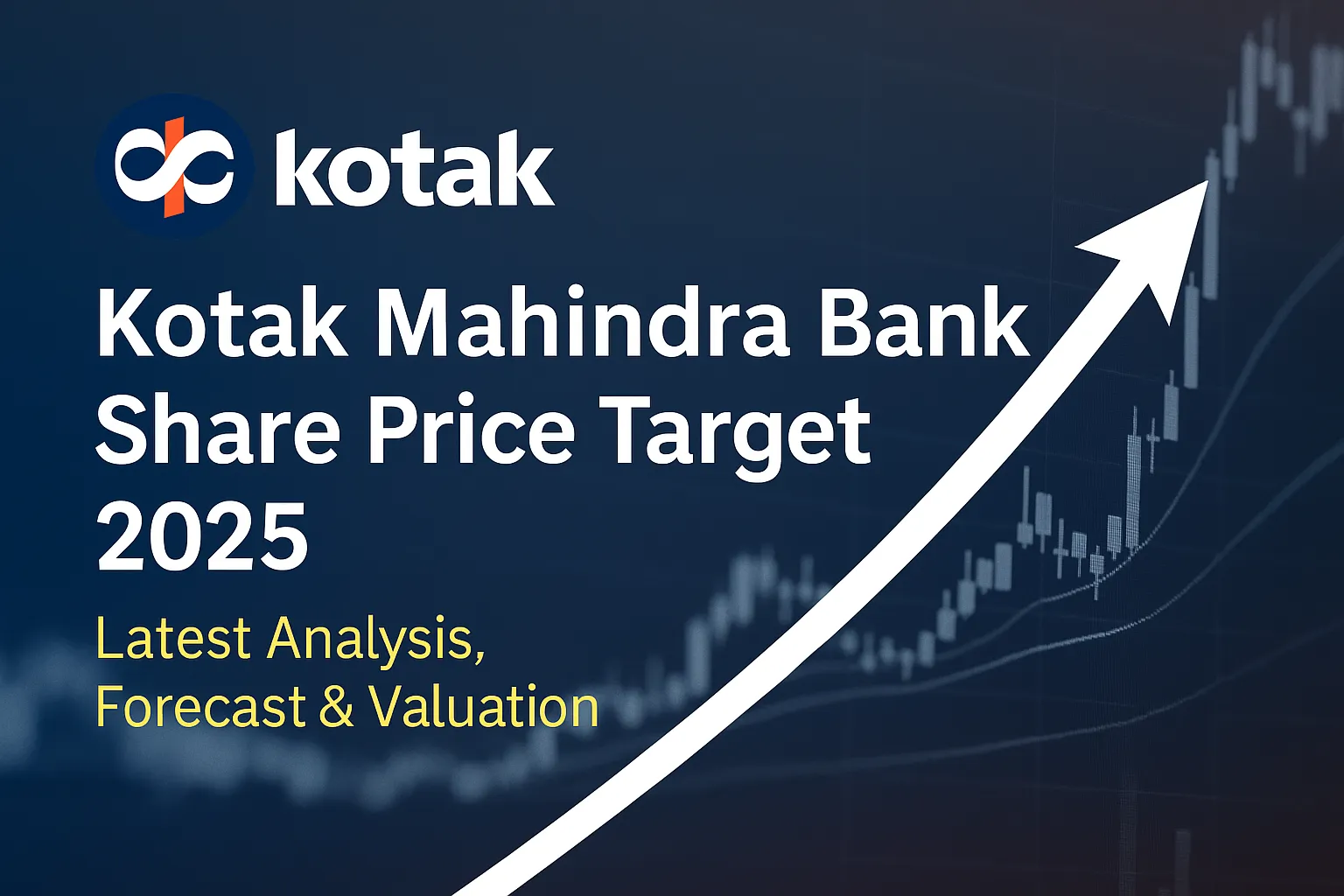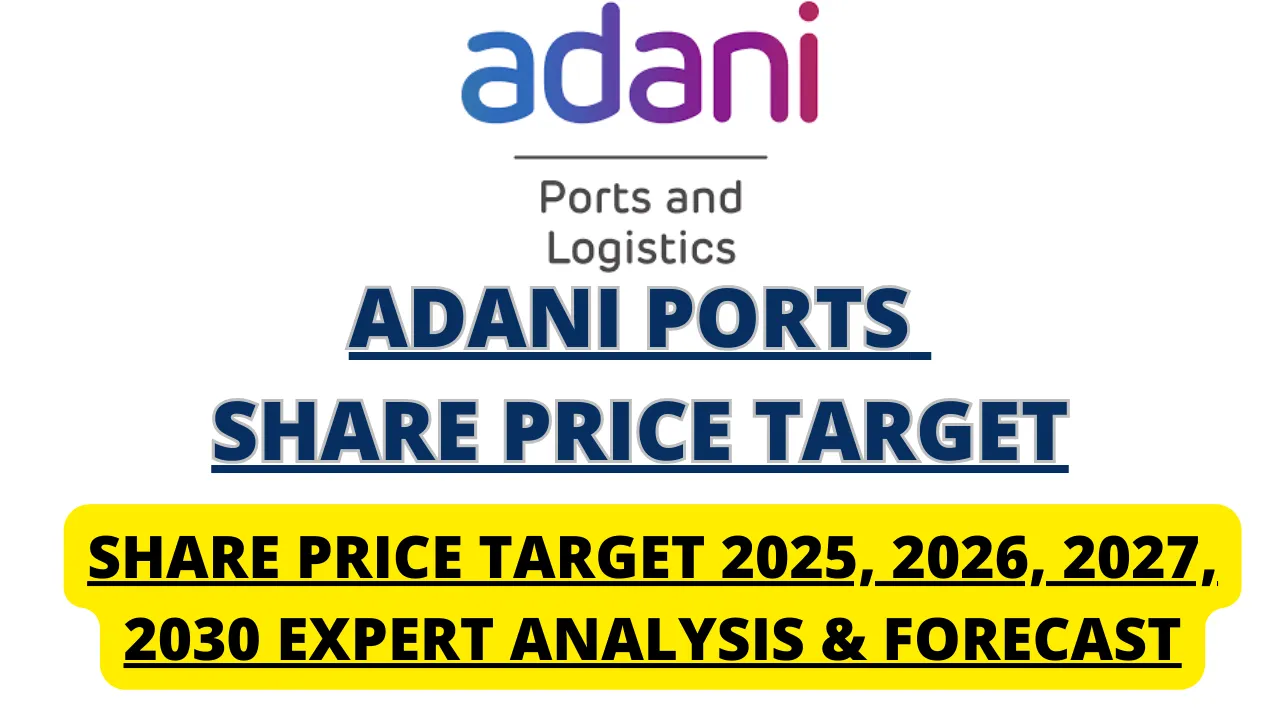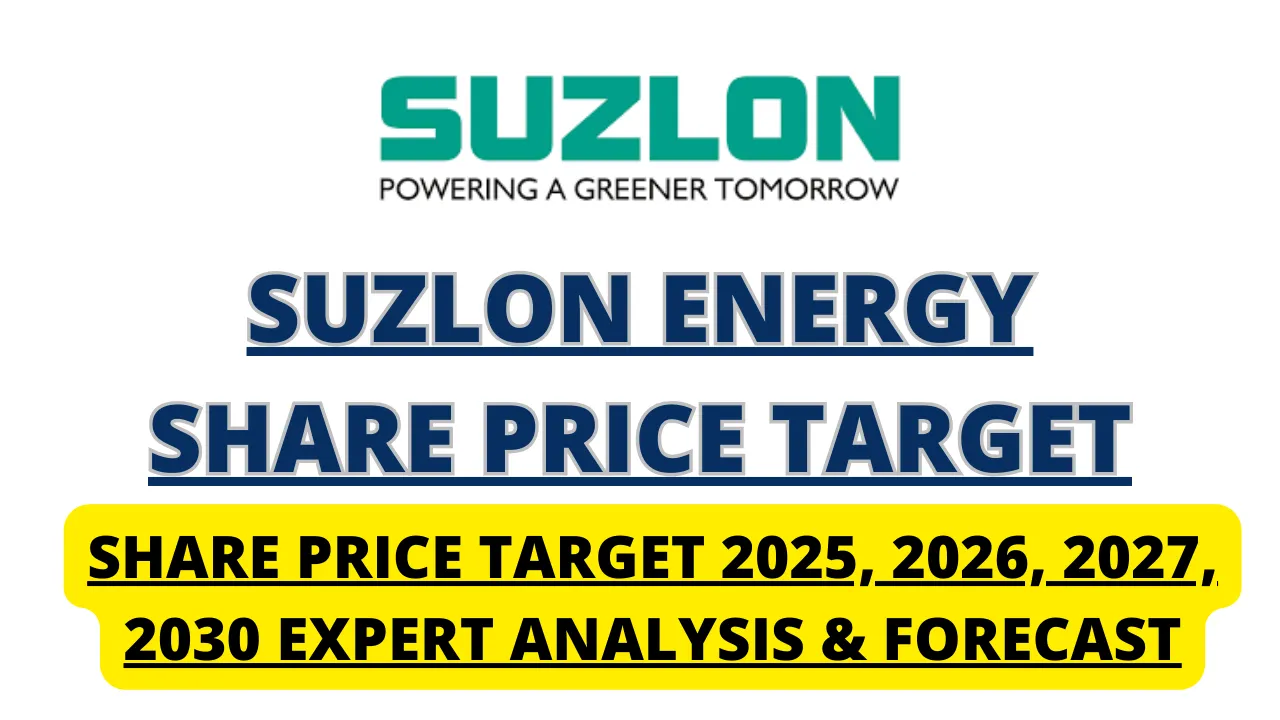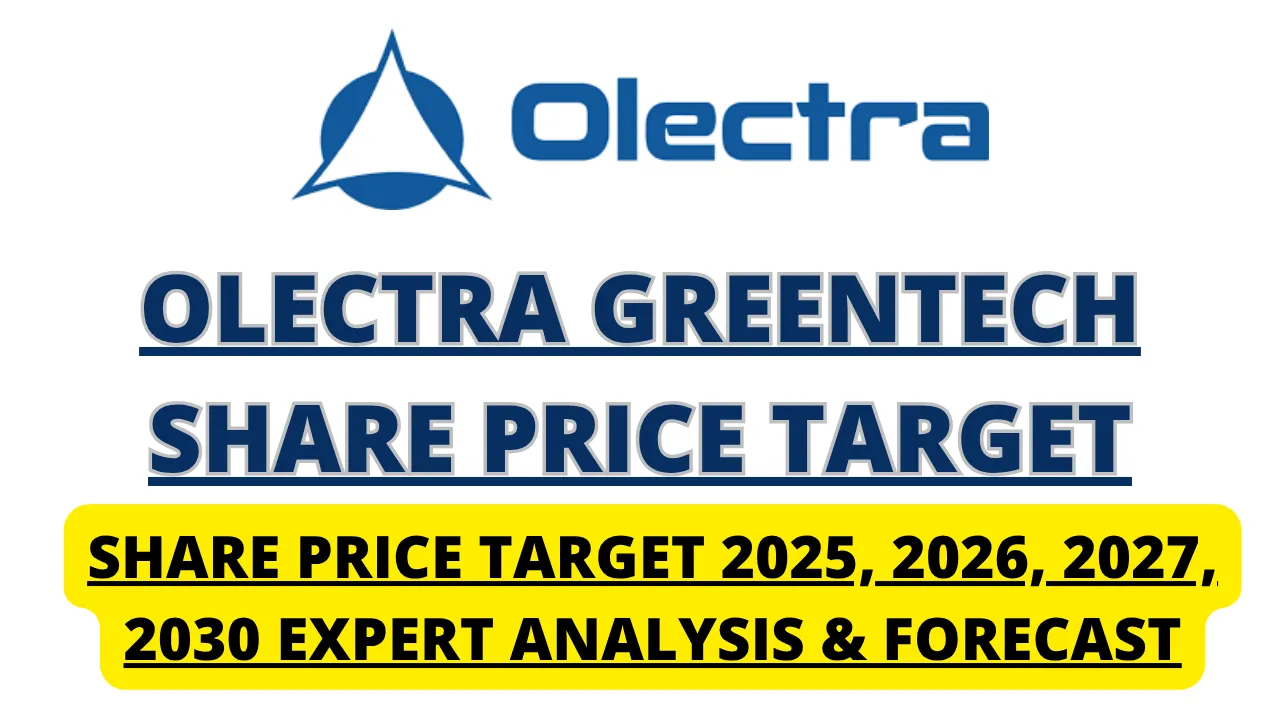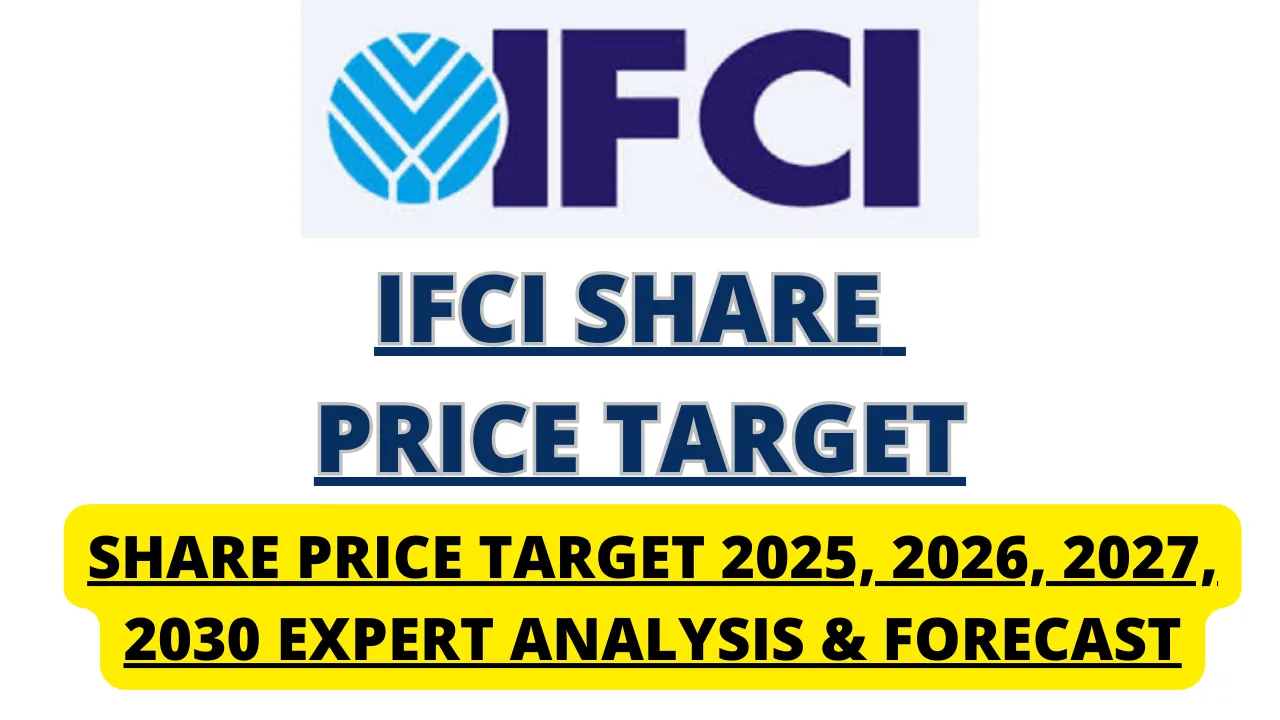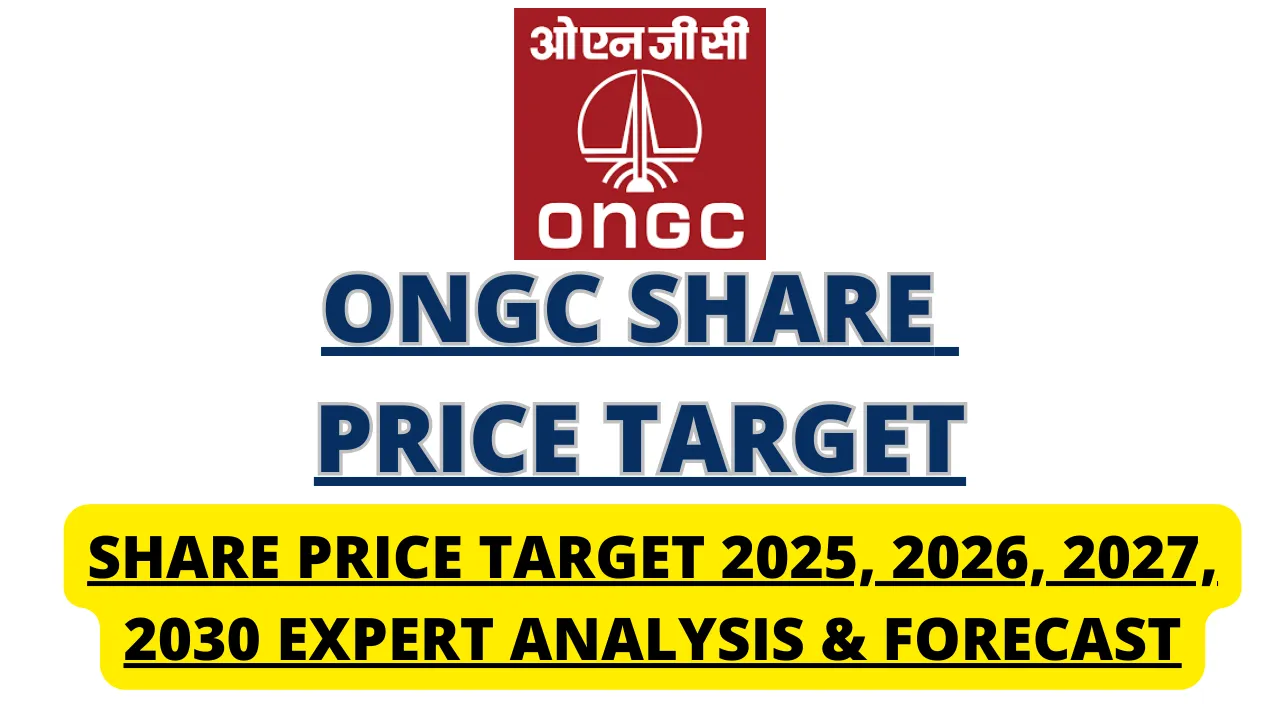Oswal Pumps Share Price Target 2025 to 2030; Oswal Pumps Ltd is one of India’s fastest-growing integrated pump manufacturers, specializing in solar pumps, submersible and monoblock pumps, electric motors, and turnkey solar pumping systems under government schemes like PM Kusum. Incorporated in 2003 and headquartered in Karnal, Haryana, the company operates a modern 41,000 sqm facility and has certified quality and environmental systems.
The company’s IPO opened June 13–17, 2025, priced at ₹584–₹614. It raised ₹890 Cr fresh equity to fund expansion and repay debt, plus ₹497 Cr via offer for sale, reducing promoter stake to ~80%. Oswal Pumps listed on June 20 around ₹632–₹634, trading near ₹649 (+ ~3%) in early sessions.
Oswal Pumps Share Price Target 2025 to 2030
| Year | Minimum Target (₹) | Maximum Target (₹) |
|---|---|---|
| 2025 | 550 | 700 |
| 2026 | 650 | 900 |
| 2027 | 900 | 1,200 |
| 2028 | 1,100 | 1,500 |
| 2029 | 1,300 | 1,800 |
| 2030 | 1,600 | 2,200 |
Oswal Pumps 2025 Price Range: ₹550–₹700
Following IPO listing near ₹632–₹649, analysts advise “hold” with long‑term conviction. The ₹550 level offers support at listing range lows, while the ₹700 upper band reflects future growth anticipation. Listing performance, overshadowed by muted grey market expectations, isn’t a deterrent given strong government contracts and policy tailwinds.
Drivers:
• Rapid revenue growth: ₹387 Cr (FY23) → ₹761 Cr (FY24) → ₹1,067 Cr (9M FY25)
• EBITDA margin scale: ~30% in 9M FY25
• High RoCE (~65–80% range)
• Strong orderbook pipeline funded via PM‐Kusum scheme contract wins.
Oswal Pumps 2026 Forecast: ₹650–₹900
By 2026, targets rise to ₹650–₹900. The lower bound provides a buffer for structural consolidation; the upper range anticipates strong delivery under PM‐Kusum and diversification beyond solar pumps.
Catalysts:
• Revenue target of ₹1,300+ Cr and improved margins
• Turnkey solar pump and retail expansions
• Inputs from Atmanirbhar Bharat initiatives and PLI scheme.
• Estimated 11x interest coverage supports earnings stability.
Valuation of 60x FY25 EPS (~₹9.8 EPS) is justifiable if execution continues; risk of re-rating from existing peer valuations ε ~30–50× P/E .
Oswal Pumps 2027 Estimate: ₹900–₹1,200
Assuming execution delivers, shares may appreciate to ₹900–₹1,200 by 2027. This assumes steady PM‐Kusum revenue, government scheme renewals, and diversification into motors and irrigation pumps generating export income.
Growth assumptions:
• FY27 revenue ~₹1,500–1,800 Cr, EPS growing 15–20% annually
• Margins stabilizing above 25%, supporting valuation expansion near 25–35x
• ASP enhancements from higher-value, integrated solar systems.
Oswal Pumps 2028 Projection: ₹1,100–₹1,500
Entering 2028, ₹1,100–₹1,500 targets assume diversification into non-subsidy pump segments forms >20% of revenues; exports grow from current ~5%. Retail channel (Oswal Shoppe) growth and adoption in private agri-sector add upside.
Oswal Pumps 2029 Estimate: ₹1,300–₹1,800
Projections of ₹1,300–₹1,800 by 2029 rely on sustainable revenue (~₹2,000 Cr+) and margins (20–25%). Shares may re-rate multiple to 30–40× earnings as policy tailwinds wane and performance matures. Global exports and brand extend support expectations.
Oswal Pumps 2030 Vision: ₹1,600–₹2,200
By 2030, assuming broad agricultural equipment demand, diversified portfolio (pumps, motors, solar systems) and stable margins, targets extend to ₹1,600–₹2,200. Upper half indicates further P/E expansion (40–50×) amidst global brand presence and consistent earnings growth. Lower bound retains ~35–40× multiple.
Oswal Pumps Key Growth Drivers
- Government‑backed Scale
Oswal Pumps supplies over 85% of FY24 revenues under PM‐Kusum scheme, executing 2.3 lakh solar pumps so far. - Vertical Integration
Backward integration enables cost control, rapid scale, and margin expansion. - Financial Leverage Reduction
IPO partly used to repay ~₹280 Cr debt; interest coverage improved to ~11×. - High Operational Cashflow
RoCE ranged 27–82% over recent periods. - Diversification Strategy
Exports, retail pumps, motors, integrated solar systems, and potential new government schemes reduce concentration risk.
Oswal Pumps Risks & Caveats
- Scheme Dependency
85–87% of revenue via PM‐Kusum—if extensions or new schemes don’t materialize, growth may pause . - Working‑Capital Stress
Receivables jumped (FY24 ₹729 M → 9M FY25 ₹7111 M) with WC cycle of ~142 days . - Valuation Pressure
Rich multiples (~80× trailing P/E) priced for perfection; failure to execute could prompt sharp de-rating . - Execution Risk
Scaling distribution, managing exports, and diversifying product line require strong execution. - Commodity Exposure
Steel and raw material price fluctuations may compress margins.
Oswal Pumps Investment Summary
Oswal Pumps offers a high-growth yet execution-dependent story, attracting institutional and retail interest with strong fundamentals, government exposure, and IPO proceeds to facilitate growth. Current price (~₹640) oscillates around RHP value; near ₹550 and ₹700 provide initial entry-target levels. By 2026–27, ₹900–₹1,200 is achievable if diversification follows plan. Further upside to ₹1,600+ becomes viable by 2030 as the business matures, globalizes, and multiple expansion occurs.
Suggested Investment Approach:
- Near-term: Enter on dips to ₹550–650 to capture early momentum
- Mid-term: Watch for ₹900+ upside by FY26‑27 if diversified growth begins
- Long-term: Mature business scenario validates ₹1,600–2,200 price band via multiple expansion and category leadership
Conclusion
Oswal Pumps represents a high-conviction investment in India’s solar irrigation and pump manufacturing sector. While the concentration in government schemes and working-capital intensity pose challenges, strong IPO backing, integration, margin profile, and diversification initiatives provide structural growth potential. A measured entry near ₹600–650, with eyes on ₹900+ targets by FY27 and ₹1,600+ by FY30, aligns with a disciplined growth-investing approach.
Disclaimer: This content is for informational purposes only and not financial advice. Investors should conduct due diligence and consult a financial advisor before making investment decisions.
